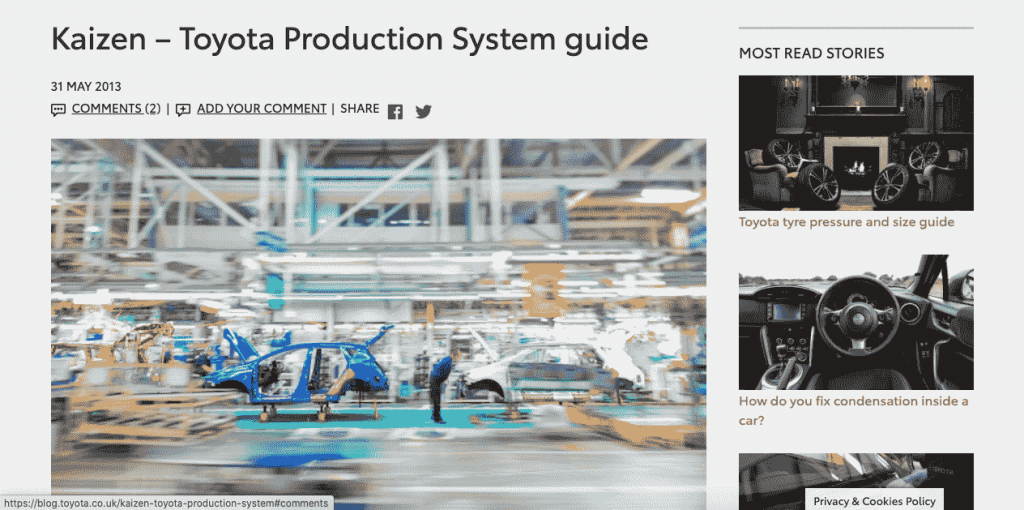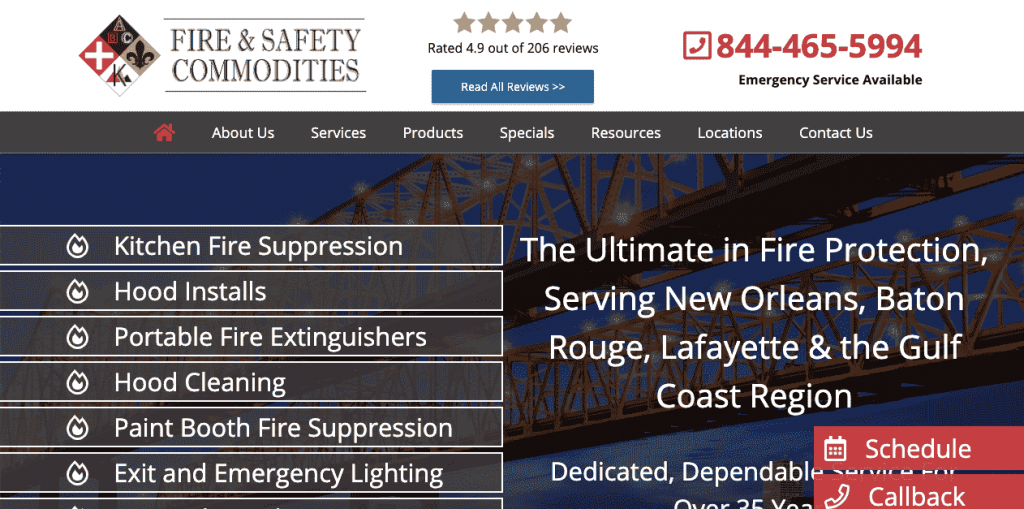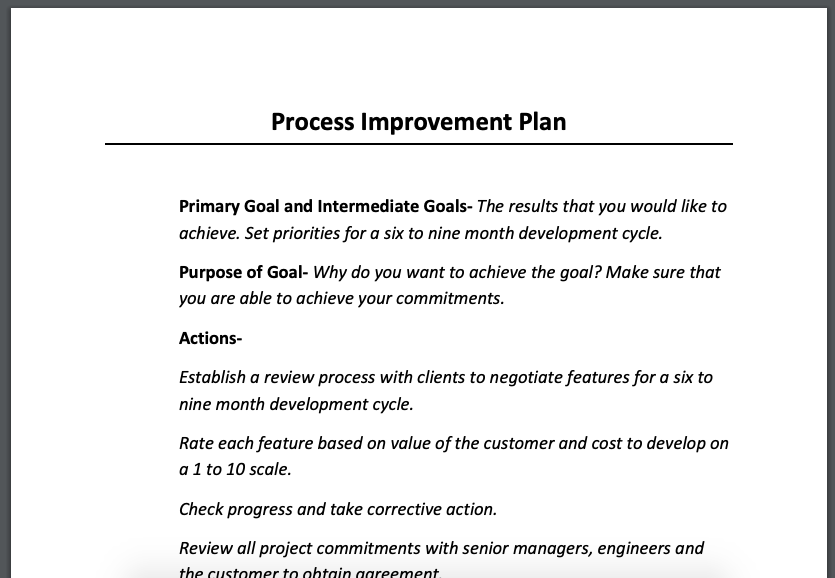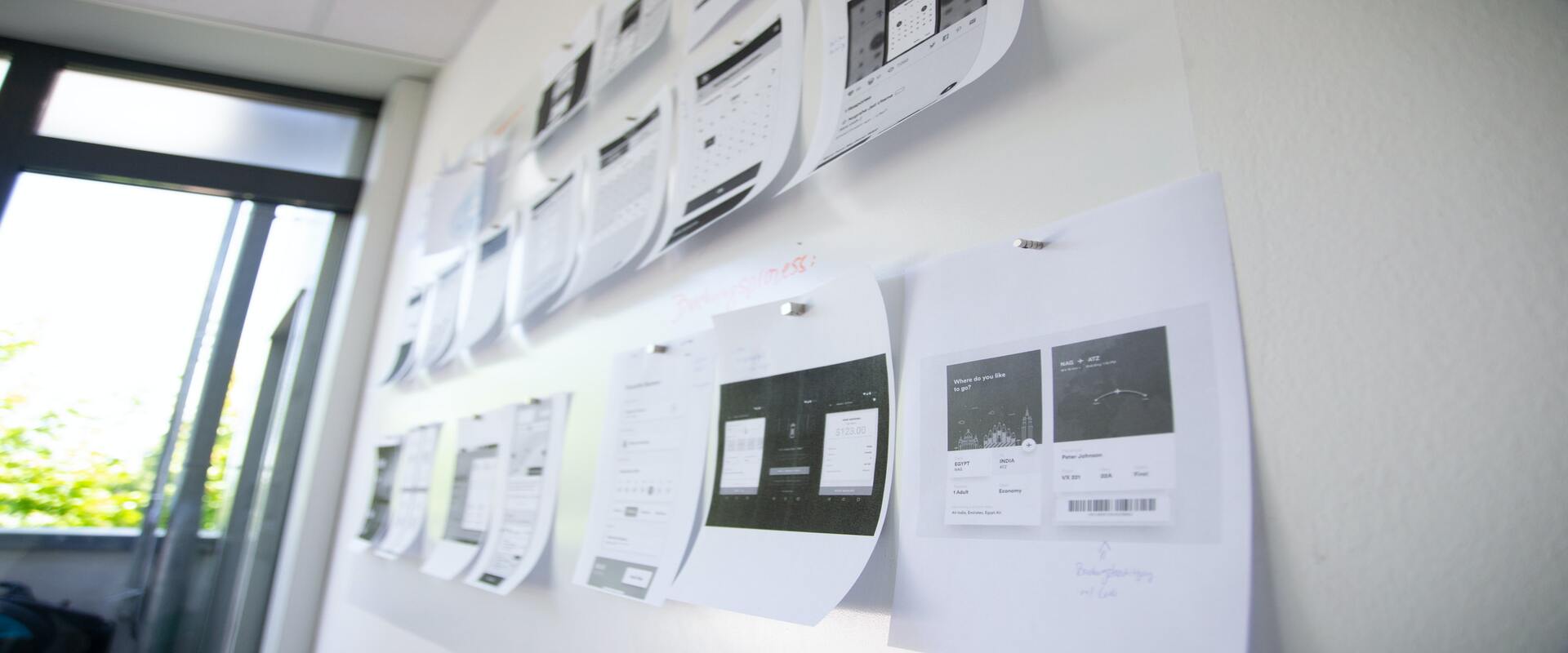Finding out where and how a process can be improved isn’t always easy. That’s why we wrote this article—to help you learn everything you need about process improvement.
To make it simpler, we’ll go through the main things you need to master when perfecting and improving processes, such as:
- Methods and techniques
- Real-life examples of companies improving processes
- Everything you need to help you improve processes
By the end of the article, you’ll know exactly how to improve your company’s processes, and you’ll have all the tools you need to start.
Let’s get into it.
What Is Process Improvement?
Process improvement is the practice of optimizing processes, analyzing them, and optimizing them to improve quality, performance, speed, or anything else that can make a process more efficient and provide a better experience for users and employees.
Depending on the company and industry, process improvement can have different names, like Continual Improvement Process (CIP), Business Process Improvement (BPI), and Business Process Management (BPN), to name a few.
Whatever you decide to call it, the purpose of process improvement is always optimization in one way or another.
However, process improvement is usually tricky since it can be hard to figure out how to improve a process or even find the process needing improvement in the first place.
That’s where process improvement methodologies and techniques come in.
What Are (Proven) Process Improvement Methodologies and Techniques
Here are some of the best and most-used process improvement methodologies and techniques used for multiple industries:
Kaizen
Kaizen is a business concept that promotes continuous improvement in all functions and employees, from interns to the CEO.
Based on the Sino-Japanese word for “improvement”, Kaizen usually favors lean and agile practices and focuses on improving all workplace areas through small changes in day-to-day work and work culture. Kaizen creates an environment that doesn’t punish mistakes but uses them as lessons to prevent them from reoccurring.
How to get started:
Kaizen is more of a philosophy that can be applied to multiple areas within your business, which is why it can be overwhelming to start with it.
To begin, standardize and measure all process parts according to their KPIs. You can start with flowcharts or even a simple step-by-step description.
Once you have your process mapped out, analyze which areas need improvement. Then, develop, implement, and measure improvements. Once the improvement has been proven, standardize the new process.
Kanban
Kanban is a way to visualize your workflow so all employees, leaders, and business units understand it. Like Kaizen, it also encourages lean process improvement and embraces streamlining different processes as much as possible.
How to get started:
Although Kanban doesn’t provide a fool-proof way to start, it gives you three main principles: Process visualization, Work limitation, and Cycle Time Optimization.
Taking that into account, you should start by understanding your current process and mapping it on a Kanban board, dividing each part of the process into different columns. Once the process is mapped out, add work-in-progress limits, which limit how many tasks can be in one column.
Once your Kanban board is in place, set up meetings so everyone can discuss which tasks they’ve done and what they’re planning to do. Finally, set up reports to measure how long tasks take, how many tasks are completed per team, etc.
DMAIC
DMAIC is a tool that stands for Define, Measure, Analyze, Improve, and Control. This tool can be a great framework for improving processes.
By following these five steps, you can start systematically improving processes.
How to get started:
First, define what the problem is and how it affects the company. Then, collect all the needed data to measure why the process isn’t working. Once you have it, start your analysis to find the possible causes of the problem.
Now, it’s time to improve the process and develop potential solutions. Once you have a few ideas, control the process by ensuring it works as intended with the added solutions.
Finally, start the process again from “measure” as needed until the process is fully optimized.
The “Five Whys” Analysis
The “Five Whys” is a straightforward but very useful methodology to find the root cause of any problem in your processes. Since it’s so straightforward, it’s a great method for discovering the problem you’re trying to solve, and it works very well with more advanced and complex methodologies that help you solve it.
How to get started:
Start by determining the issue you’re trying to solve and assemble a team to fix it. Then, keep asking “why?” until you’ve found the root cause.
Although it may sound simple, the trick is knowing when to stop and giving as much thought as possible before answering each question.
This is how it looks in action:
Issue: Not enough customer awareness
- Why is our customer awareness not where we want it to be? Because our ads aren’t performing well.
- Why? Because the cost per user acquired is too high.
- Why? Because our ads don’t tag our target demographic very well.
- Why? Because our target demographic is wrong.
- Why? Because our customer data is incomplete.
Solution: Reassess customer data to develop a better customer persona.
How to Create a Process Improvement Plan
Here is the step-by-step method for creating a process improvement plan once you’ve decided which process needs improvement:
1. Map out your process
Start by visually representing your process to see it as a whole. You can use flowcharts, boards, digital signage, or whatever tool works best.
Make sure you take every step into account and add enough information.
2. Analyze your process
Once you have your process mapped out, you can start analyzing it to identify where the issues may be.
Look for any issues in each part of your process, like delays, overspending, wasted time, etc.
3. Redesign your process
Now that you’ve identified the problem, you need to develop ideas for solving it.
This is a great moment to include your team and the relevant stakeholders since they may have valuable insight and can devise a solution together.
4. Assign resources to solve the problem
Once you have a potential solution, it’s time to implement it. Find out who needs to be included to solve the problem and create your plan for solving it.
Train everyone involved in the process about the potential solution and ensure they know their new roles.
5. Implement your new solution
Now that everyone is up to speed, you can start implementing the solution. Break down the deliverables and create schedules so people can follow them easily. Make sure everyone knows who to go to if they have questions about the process.
6. Monitor and keep optimizing
The problem isn’t improved once it’s solved; it’s improved once it’s documented. Monitor all results and data to document the changes the new solution has provided.
Once the solution has proven effective, keep analyzing and optimizing as needed to ensure long-lasting improvement.
3 Real-Life Process Improvement Examples to Get Inspired
Here are three real-life process improvement examples and what you can learn from them.
Toyota Production System

One of the biggest users of Kaizen is the Toyota Production System, where Kaigen is successfully used to translate their slogan “Always a Better Way.”
Toyota has famously embraced the Kaizen philosophy to standardize workflows and improve productivity at every level of the Toyota Production System. This allows employees to train newcomers faster and more effectively identify issues and improve processes as needed.
Kaizen also improves employee relations since it empowers them to find issues and develop solutions themselves.
Although Toyota doesn’t rely on Kaizen as a philosophy, it is probably the easiest and most global one, making it a solution every company can learn from.
Steal this idea:
A concept that stands out in Toyota’s Kaizen philosophy is the five S’s: Sort, Set in order, Shine, Standardize, and Sustain.
Start by sorting and removing all unnecessary items in your workplace. Then, set in order by having a specific place to store each one of your items, like tools and papers. Next, shine by cleaning and maintaining cleanliness in all work areas and reducing noise and visual pollution.
Once these steps have been completed, standardized by making the upkeep a habit, and finally, sustain by applying the concept everywhere,
Fire & Safety Commodities

Fire & Safety Commodities is a company in charge of fire suppression system installation and upkeep serving New Orleans since 1979.
Like most things, fire inspections take a long time when done on paper. Also, the paper may be subject to damage or loss. Even if nothing happens, it may still be unusable if the handwriting is poor. Fire & Safety Commodities knew this process was in desperate need of improvement.
The solution? Going paperless.
The company could perform inspections faster, safer, and more accurately by filling up all information digitally. They could take pictures and upload them as part of the file, allowing them and their clients to sign electronically.
By having digital assets, they were never in danger of losing the paperwork and could send the proposed solutions to the clients for signing within minutes.
Steal this idea:
There’s no better way to go paperless than with an online signature platform. Like Fire & Safety Commodities, you can also see increased productivity if you let people sign proposals online. There’s no need to go anywhere or to keep track of where you placed your contracts. You won’t even have to borrow a pen!
Sign up for Signaturely for free today and start streamlining your paperless approach for faster turnaround times and safe document signing.
Nordstrom

Nordstrom has been operating for a century, and it’s a great example of how much you can benefit from working on your brand.
When Nordstrom decided to open a store in New York (on the opposite side of the country from their Seattle operations), the company could have used its reputation to sell clothes to New Yorkers. However, they decided to adapt to the New York market instead by developing new technologies, like digital simulations of tailored suits, self-service returns, and much more.
This allowed Nordstrom to thrive in New York and improve processes throughout the company.
Steal this idea:
The fact that nothing seems wrong with your company doesn’t mean you can’t improve anything.
When you experience a time without any pressing needs for improvements, invest in your company and develop processes and technologies that will help you in the future. Try to continuously find ways to optimize your workflow, and don’t rest just because everything is moving smoothly.
There’s always a better way.
Process Improvement Ideas: Here’s What You Can Improve
Are you looking for where to begin? Here are a few improvement ideas that are great for all companies:
Task Automation
Repetitive work is tiresome and boring for your employees. And what’s more, it takes your employees away from important work where their help is needed.
That’s why automation is vital for any company in the 21st century. Automation can remove the bulk of the work from your employees’ schedules and lets them focus where no machine can.
Previously, automation was a very complex and expensive process that involved a great deal of coding and preparation. Now, with task automation software like Zapier, anyone can do it.
Zapier lets you connect the software you’re already using and move data between your favorite apps. All you need to do is to set up a trigger and choose an action.
This can help you move new data from MailChimp to your CRM, automatically follow up with customers, and even get started on a project as soon as it’s approved. It’s a simple way to streamline workflows and enhance your customer experience management by ensuring every interaction is timely and consistent.
Automating processes will free up time to spend with your users, set up new campaigns, and work where you need to work.
Technology Adoption
While Zapier may let you connect your favorite apps, it will be useless if you aren’t using the right ones (or if you aren’t using any apps at all).
It’s surprising to see how many modern companies are still using ink signatures, especially when we consider that US businesses waste $8 billion a year on managing paper alone. That can be reduced by over 85% by simply using electronic signatures.
Online signatures allow you and your signees to review and sign documents anywhere, anytime, and from any device. You don’t need to meet someone in person to give them a document, then have their lawyers review it, and arrange another meeting to get corrections, review, and sign.
With online signatures, a process that took weeks can now be reduced to a few emails. And to reduce the process even further, we created Signaturely.
With Signaturely, all you need to do is upload your document, prepare it, and send a signature request to get it signed. It’s that simple.
You can set up a signature order for your document, send automatic reminders, and easily manage many documents using just one tool. Plus, you will receive all the benefits of a paperless, legally-binding solution at a competitive price.
Sign up and start using Signaturely for free.
Communication Improvement
All the automation in the world can’t fix bad communication. Miscommunication issues can easily overturn even the most seamless process. Luckily, there are a lot of communication tools you can use to make sure no voice goes unheard.
Start by establishing a healthy communication culture where all teammates can share and receive useful feedback regularly.
Once you’ve established a healthy culture, complement it with the right software so you won’t have to rely only on emails and in-person communication.
Google Drive allows your team to comment on documents, so you always know where the right context is. Zoom, Skype and its alternatives allow you to see your teammates face-to-face, regardless of where you are. And, of course, Slack is the gold standard of business communication.
If you start with a good culture, you will need to find software to complement it.
These Are the Best Process Improvement Tools
These tools will let you create a great foundation to find processes in need of improvement:
Cause and Effect Analysis
Solving a problem is hard when you don’t know what’s causing it. That’s where a cause-and-effect analysis comes in.
Through this technique, you assess the problem through six areas or causes to find out which has a negative effect: materials, machine, method, personnel, measurement, and environment.
This technique allows you to evaluate a problem with no apparent cause through a good and proven framework and guides you to natural steps toward solving it.
Pareto Chart
The Pareto Chart is a tool used for analyzing which decision is the best one to make.
The chart is based on a simple principle: “80% of problems can be solved by eliminating 20% of the causes they stem from.” This idea originally came from Vilfredo Pareto and means that small actions can solve large problems.
The Pareto Chart usually takes the form of a bar chart, where each bar represents the corresponding factors to a certain magnitude. These bars are ordered from least to greatest, from right to left.
With this chart, you can know and show the most influential factors in an issue. You may then find the root cause and determine the right actions to take.
Value stream analysis
Value-stream mapping is a management method used to analyze the status quo and design a future status quo tailored toward specific needs and events.
You can use it to understand how your company provides value to your customers so you can optimize the process to provide it. This can be extremely helpful when looking for ways to improve processes by cutting unnecessary activities and expediting your client’s “aha!” moment.
Process flowcharts
Usually, the first step of process improvement is to visualize your current process. Process flowcharts allow you to represent your process intuitively and visually.
However, process flowcharts also allow you to add detail to truly reflect the magnitude of each step while keeping it as easy to understand as possible for someone unfamiliar.
This makes process flowcharts great tools for analyzing and explaining your process to people without your background.
3 Process Improvement Plan Templates You Can Use to Get Started
Here are 3 process improvement plan templates to get you started:
General Process Improvement Plan

If you want a simple template to get your process improvement started, AtYourBusiness gives you this Process Improvement Plan. With it, you can easily translate your ideas into a plan to improve your process.
This is a great template for anyone looking to take immediate action, measure it, and communicate with others.
5-step Business Planning Model

It can be hard to improve a process when a lot is needed. And when there are many moving pieces in your plan, only one needs to fail for the whole thing to come down.
You can avoid making mistakes while implementing a new solution through this 5-step model template by South Riding Consultancy. With it, you can start implementing solutions, no matter how large, one step at a time.
30-Day Performance Improvement Plan
Process improvement can often involve optimizing your employees’ performance. However, talking to them about their performance can be hard, especially when they haven’t performed well.
This free template for a 30-Day Performance Improvement Plan by Smartsheet makes the conversation far easier. Through data-based decisions, you and your employees can work together to create an improvement plan to optimize performance.
Conclusion
Process improvement is rarely easy. Finding the root cause of a problem, creating a plan to solve it, and taking that plan into action can be quite challenging. However, it’s always worth it to do it.
There’s no such thing as a perfect process, but with the right tools and methodologies, you can get as close as possible.
